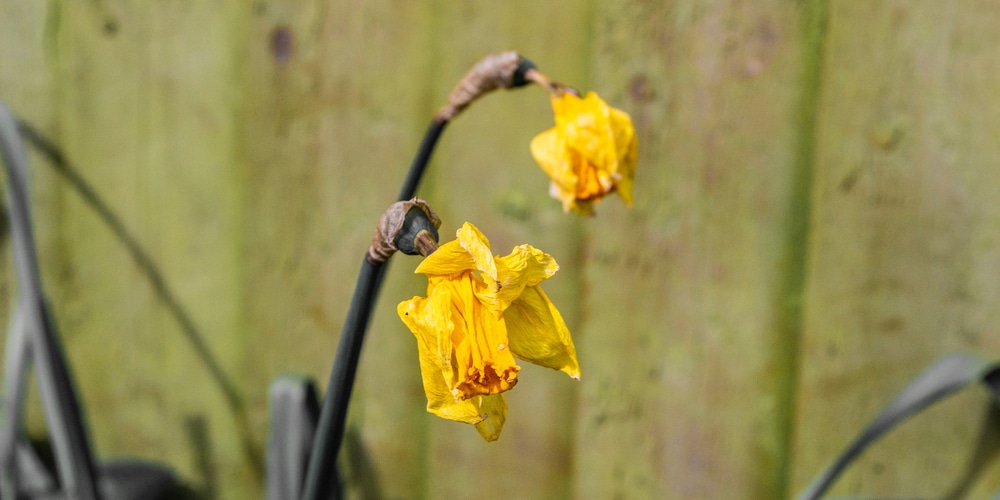Spring is in the air, and with it comes beautiful daffodils. These cheerful flowers are a great way to welcome springtime, but did you know that there is more you can do with them than admire them? By deadheading daffodils, you can encourage new blooms to come forth and keep your garden looking beautiful all season long!
What Is Deadheading

At its most basic, deadheading is the process of removing spent flowers from a plant. Many gardeners believe that deadheading helps to encourage new growth and improve the overall appearance of their plants.
However, there are a few different reasons why deadheading can be beneficial. For example, deadheading prevents seed development, which can help to prolong the blooming period.
In addition, removing spent flowers can also help to encourage new buds to form. As a result, deadheading can be an effective way to keep your plants looking their best.
Why Is Deadheading Daffodils Important
Daffodils are a welcome sign of spring, and their bright blooms can bring cheer to even the dreariest day. However, once the flowers have faded, it is essential to deadhead them to encourage future growth.
When daffodils are not deadheaded, the plant’s energy goes into producing seeds instead of new flowers. As a result, the plant often has fewer blooms the following year.
Deadheading is also crucial for preventing disease. Daffodils are susceptible to fungal diseases that can spread quickly through the plant, causing the leaves to be yellow and the flowers to wilt.
By removing spent blossoms, gardeners can help reduce the chances of fungal infections. Deadheading may seem tedious, but it is essential for keeping daffodils healthy and vibrant.
Tools Needed
As any gardener knows, deadheading is necessary to keep flowers looking their best. When it comes to deadheading daffodils, a sharp pair of shears is all you need.
How To Deadhead Daffodils
If you have ever had the pleasure of growing daffodils, then you know that they are one of the most cheerful and carefree flowers you can grow. Once they are in the ground, they will come back year after year with very little care from you.
However, there is one crucial task that you should not forget: deadheading. Deadheading means removing the spent blooms from the plant. This may seem like a pointless task, but it is essential for the health of the plant. Here’s how to deadhead daffodils:
Start by cutting off the flower head, leaving a short stem attached to the bulb. Once all the flower heads have been removed, cut back the foliage to about 6 inches above ground level.
This will encourage the plant to produce new leaves and flowers. Daffodils can be deadheaded every few weeks during the flowering season.
Aftercare
After you deadhead your daffodils, giving them some aftercare is vital to ensure that they remain healthy and continue to bloom year after year. One of the most important things you can do is fertilize your daffodils.
This will give them the nutrients they need to recover from being cut back and produce healthy new growth. You should also water your daffodils regularly, as they may be more susceptible to drought stress after being cut back. Finally, you may want to mulch your daffodils to help protect their roots from the summer heat.
What To Do With The Removed Plant Parts
After you have removed the plant parts you do not want, you may wonder what to do with the rest. There are a few options available to you.
One is to compost the plant material. This can be done by either placing it in a designated compost bin or pile or simply burying it in your garden. Composting is a great way to add nutrients to the soil and help your plants grow.
Another option is to mulch the plant material. This involves spreading it around the base of your plants. Mulch helps protect your plants’ roots and keeps the soil moist. It also helps to prevent weeds from growing. Finally, you can throw away the plant material. However, this is not the most environmentally friendly option and should only be used if you have no other choice.
Daffodils deadheading: Conclusion
With a bit of care and attention, daffodils can bring cheer to your garden for many weeks. By deadheading the spent flowers, you can help to prolong the blooming season and keep your plants looking their best.
Related Article: What to Do With Daffodils After They Bloom
